Checklist for Activity Chairs
Name, DOB, Demographic info including height and weight
Primary diagnosis and related diagnosis
Medical history:
Make sure to describe complex diagnoses, include spinal abnormalities.
Functional mobility:
Primary means of mobility, ability to transfer, sit, stand, ambulate and assistance required. If assistance is required with transfers, how much assistance?
How does tone, spasticity, paraplegia, contractures, etc. affect the child’s ability to maintain upright sitting? While sitting can the child reach outside of their base of support? How much additional assistance is needed?
Does this child have spinal abnormalities like scoliosis that would require additional support?
Does this child have difficulty with fine motor tasks that relate to school activities? Does this child have difficulty with feeding? If they are more supported can that lead to more independent feeding? Do they require additional supports due to dysphagia?
Current situation:
Where is the child positioned throughout the day?
Do they have a safe place to eat and engage in seated activities?
Do they already have a wheelchair? Why will the wheelchair not work for the specific tasks you are describing in your letter (Example: XXX’s kitchen is on the second level of their home, her chair is too heavy to carry between floors. Or XXX would benefit from having the ability to be positioned higher to eat with her family at the dining room table, her wheelchair doesn’t fit and all other chairs do not provide enough support. She would benefit from being positioned lower to the ground to engage in tasks with her peers and siblings).
Talk about improved positioning for feeding and swallowing. This child is more independent with reaching towards food and age-appropriate objects when properly positioned and supported.
How much assistance for sitting, does the child fall over? SAFETY! Cannot be left alone! Protective reactions? Impulsive?
Talk about importance of having feet supported and how it improves posture…
Trial period or improvement with supported sitting:
Documenting that an activity seat has been trialed always looks good in a letter of justification but not necessarily needed.
How is the child able to participate in tasks and activities with more independence is supported sitting? (Examples: improved bilateral reaching, improved visual tracking for peer and sibling interaction, improved participation in age-appropriate tasks, improved oral-motor skills, swallowing, independence with hand washing…)
What are you requesting and describe why you need all added accessories:
Specific name of chair, size and all accessories. Examples:
Seat back with spring: “Is required as XXX demonstrates instances of extensor tone with excitement or frustration and repetitive rocking for self-regulation”.
High-low base: “This is necessary so XXX can be positioned closer to the floor to interact with his/her peers and siblings and can be raised up to be at the height of his/her family during dinner, to wash his/her hands at the sink independently, etc.”
Tray: “This is required to provide a stable surface for his/her upper extremities to assist with upright positioning, required to position the communication device to maximize independent function, to have a stable surface to engage in fine motor tasks, etc.”
Mobile base: “This is required to transport the chair between rooms and over thresholds.”
What other less costly alternative have been considered but ruled out:
Examples: standard high chair, booster seat, Bumbo seat, store-bought sofa chair, homemade chair with straps and why they won’t work.
Examples: XXX requires additional supports like pelvic positioning belt and harness or laterals to facilitate upright sitting posture that these other seats do not provide!
Examples: XXX exceeds the weight capacity and suggested height for these standard pediatric seats (high chair ~50-pound weight limit, Bumbo seat ~35-pound weight limit, booster seat ~80 pounds)
